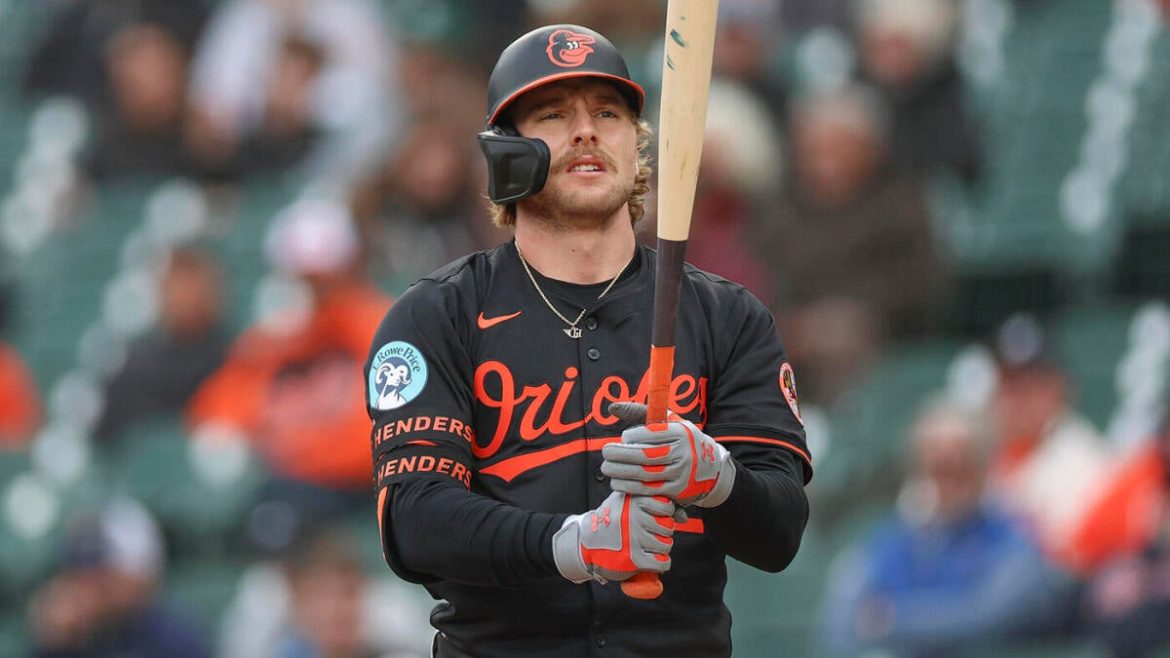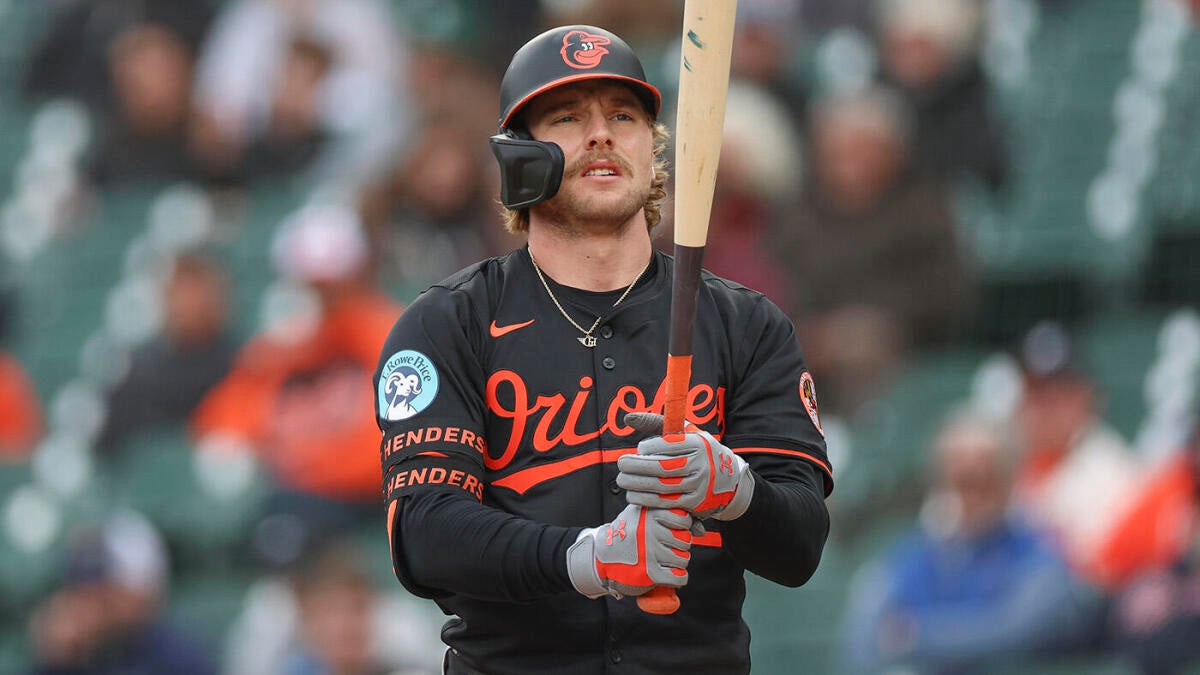The Baltimore Orioles and the Firing of Manager Brandon Hyde: An In-Depth Analysis
The recent dismissal of Brandon Hyde as the Baltimore Orioles’ manager has sent shockwaves through Major League Baseball, marking a significant turning point for a franchise that just a few years ago appeared poised for sustained competitive success. This report unpacks the context, causes, and potential future ramifications of this decision, alongside insights into the state of the Orioles’ 2025 season and organizational outlook.
—
Context: From AL Manager of the Year to Premature Exit
Brandon Hyde’s tenure with the Orioles began in 2019, culminating in his recognition as the American League Manager of the Year in 2023 after guiding Baltimore to an impressive 101-win season and a playoff berth. This milestone underscored a remarkable team turnaround from earlier rebuilding years, fostering considerable optimism among fans and management alike.
However, the 2025 season paints a starkly contrasting picture. The Orioles have stumbled out of the gate with a disappointing 15-28 record, languishing near the bottom of the AL East division. Multiple sources highlight a persistent underperformance relative to preseason expectations, triggering widespread fan frustration and internal doubts about the team’s direction. This dismal start shattered the momentum built under Hyde’s leadership just two seasons prior.
—
Factors Leading to Hyde’s Dismissal
1. Performance Decline and Lack of Progress:
At the heart of Hyde’s firing is the team’s inability to translate talent into results this season. The Orioles’ stagnation, especially after reaching significant heights in 2023 and consecutive playoff appearances, is seen as unacceptable. Official statements and analysis point to Hyde’s failure to reverse the season’s downward trajectory, prompting management to change course in hopes of reinvigorating the squad.
2. Fan and Media Pressure:
Fans have grown increasingly vocal, with many calling for a managerial change due to what they perceive as poor decision-making, notably in lineup choices and in-game strategy. Media outlets echo this sentiment, spotlighting the Orioles as possibly the most disappointing team so far in the MLB 2025 campaign. Some commentators suggest that the team’s “lifeless” play and lack of emotional energy on the field have accelerated demands for fresh leadership.
3. Organizational Dynamics and Support:
Interestingly, GM Mike Elias initially expressed unequivocal support for Hyde even amid the poor start, implying internal confidence in the manager’s ability to overcome adversity. However, as losses accumulated and the team sank further in the standings, the organization’s tolerance waned. The firing occurred despite Elias’ past backing, indicating a shift likely influenced by pragmatic concerns over playoff viability and fan sentiment.
—
Immediate Impact: Transition and Expectations
The Orioles’ leadership has appointed third-base coach Tony Mansolino as interim manager. While Mansolino’s elevation is meant to stabilize the team, it also signals a transitional phase requiring players and staff to adapt quickly. The overarching hope is that a new voice in the dugout can spark renewed effort and tactical adjustments necessary for salvaging the remainder of the season.
However, it is widely acknowledged that the challenges run deeper than managerial changes alone. The Orioles face questions around player development, injury management (including setbacks like Jordan Westburg’s rehab delay), and roster construction. Therefore, while Hyde’s departure addresses the most visible issue, it is but one component in a broader organizational reset.
—
Broader Implications: What This Means for the Orioles’ Future
A Reset on Expectations and Strategy:
Baltimore’s failure to maintain competitiveness despite a championship-caliber season in 2023 presents a cautionary tale about sustaining success. It underscores the importance of stability but also adaptability in leadership and player personnel decisions. The front office may be poised to reassess roster depth, pitching staff durability, and offensive consistency moving forward.
The Path to Rebuilding or Reinventing:
Discussions within Orioles circles now focus on whether the team should pursue an aggressive overhaul or double down on development for the upcoming seasons. Reports indicate considerations of resting key players like General Rodríguez and Grayson Bradish for the rest of 2025, preserving their health and effectiveness for 2026. This reveals a balancing act between competing short-term ambitions and long-term franchise health.
Fan and Community Relations:
Hyde’s firing also reflects the delicate relationship between team performance and fan engagement. Baltimore’s passionate fanbase, having tasted playoff excitement, is less patient with prolonged struggles. Management’s decision could be seen as a message of accountability and intent to not settle for mediocrity.
—
Conclusion: A Definitive Moment in Orioles History
The firing of Brandon Hyde after a promising yet ultimately faltering managerial stint encapsulates the unpredictable nature of professional sports leadership. While Hyde’s contribution to the Orioles—turning a rebuilding team into a division champion and playoff contender—remains undeniable, the unforgiving nature of competition means recent failures could not be overlooked.
Looking ahead, Baltimore faces an uphill battle to reclaim its status as an AL East contender. The appointment of Tony Mansolino symbolizes a new chapter, but the success of this transition will depend on broad organizational adjustments and player commitment. For fans and stakeholders alike, the moment is bittersweet—the end of an era and the beginning of uncertainty, but also an opportunity to build resilience and reignite a winning culture.
This pivotal change highlights a universal truth in sports: past glory does not guarantee present security. The Orioles’ challenge now is to learn from these lessons, realign their strategies, and strive to return stronger in the seasons to come.





